Schlossberg Kasematten
Uhrturm
Grazer Altstadt
SChloss Eggenberg
Landeszeughaus
Spargasse
Lurgrotte Peggau
Basilika Mariatrost
Huptplatz Graz Rathaus mit Erzherzog Johann
Brunne
Kastner Öhler Paradeishof
Zadar is a historic city located on the
Dalmatian Coast in
Croatia. It is one of the
oldest continuously inhabited cities in Europe, with a history that
stretches back over 3,000 years.
Zadar is known for its rich cultural heritage, stunning coastal beauty,
and a mix of ancient and modern attractions.
Key Highlights of
Zadar:
-
Historical Significance:
-
Zadar has been
a significant settlement since ancient times. It was founded by
the Illyrians
and later became a major Roman city. Throughout history, it has
been influenced by
Romans,
Venetians, and
Napoleonic forces, which has left a rich tapestry of
historical landmarks.
- The city was also a
prominent center of the
Byzantine Empire and later the
Venetian Republic,
making it an important hub for trade and culture in the Adriatic
region.
-
Roman and Medieval
Architecture:
-
Roman Forum:
The remains of the Roman
Forum in the heart of the old town are a major
historical site. You can walk among the ancient ruins and
imagine what life was like in the Roman era.
-
St. Donatus Church:
This 8th-century
church is one of the best-preserved examples of
Pre-Romanesque
architecture. It's one of Zadar’s most iconic landmarks
and stands out for its circular shape.
-
City Walls and Gates:
Zadar’s old town
is encircled by
Venetian city walls, which are dotted with various
gates like the Land
Gate and the
Sea Gate, allowing visitors to step back in time and
enjoy the charm of its narrow streets.
-
The Sea Organ and Greeting
to the Sun:
-
Sea Organ (Morske
Orgulje): One of Zadar's most famous attractions is the
Sea Organ, an
architectural sound installation located along the city's
waterfront. The organ is powered by the waves of the sea,
creating an ever-changing symphony of sounds as the water moves
through the pipes embedded in the steps. It’s a truly unique and
mesmerizing experience.
-
Greeting to the Sun
(Pozdrav Suncu): Right next to the Sea Organ is the
Greeting to the Sun,
a large circular installation made up of solar panels that
absorb sunlight during the day and then light up at night,
creating a beautiful and colorful light show. It’s a fantastic
place to watch the sunset and witness this modern art
installation come to life.
-
The Old Town:
- Zadar’s
Old Town is a
charming labyrinth of narrow streets, Roman ruins, medieval
churches, and Venetian buildings. It’s a fantastic place to
wander and explore on foot. You’ll find everything from trendy
cafes to small shops selling local products.
- The city has a laid-back
atmosphere, and you can enjoy the local
Dalmatian cuisine
at the many restaurants and taverns in the old town.
-
Zadar's Islands:
- The
Zadar Archipelago
includes many beautiful islands that can be easily accessed by
boat from the city. Popular islands to visit include
Ugljan,
Pasman, and
Dugi Otok.
- These islands offer
beautiful beaches, charming villages, hiking trails, and
opportunities for water sports, making them a great choice for a
day trip or a relaxing retreat.
-
National Parks Near Zadar:
-
Kornati National Park:
Just off the coast of Zadar, the
Kornati Islands
are a stunning group of islands and islets known for their
pristine beauty. It's a perfect spot for sailing, diving, and
enjoying nature.
-
Krka National Park:
Located south of Zadar, Krka is famous for its stunning
waterfalls, natural pools, and hiking trails, making it a
popular destination for nature lovers.
-
Paklenica National
Park: North of Zadar, this park is a paradise for
hikers and climbers, with dramatic limestone cliffs, caves, and
beautiful landscapes.
-
Local Cuisine:
- Zadar’s cuisine is
influenced by its coastal location and the Mediterranean. Local
specialties include fresh seafood,
grilled fish,
black risotto,
pasticada (a
slow-cooked beef stew), and
pag cheese (a
hard, salty cheese made from sheep's milk, often served with
prosciutto).
- The
Zadar region
is also known for its high-quality olive oil, and you can find
plenty of olive oil tastings in and around the city.
-
Vibrant Nightlife:
- Zadar has a lively but
relaxed nightlife. There are plenty of
bars,
cafes, and
restaurants
with outdoor seating in the old town. The waterfront area is
especially popular for a night out, where you can enjoy a drink
while watching the sunset.
- Zadar also hosts cultural
events, festivals,
and live music, particularly in the summer months.
-
Accessibility:
- Zadar is well-connected by
road, sea, and air. The
Zadar Airport
offers flights to major European cities, and the city is also
accessible by bus or car from other parts of Croatia.
- The city has a
marina where
boats can dock, making it a great stop for
yachts and
other vessels traveling along the Croatian coast.
In Summary:
Zadar is a beautiful and historic
city with a unique blend of ancient Roman ruins, medieval architecture,
and modern art installations. Its stunning coastline, vibrant old town,
and proximity to some of Croatia’s most famous national parks make it a
must-visit destination for anyone traveling to the Adriatic region.
Whether you're exploring its rich history, enjoying the artistic sights
like the Sea Organ, or relaxing on one of its islands, Zadar has
something for everyone.
|
|
 Safaris
Bergsteigen
Wandern
Inselwandern Weltweit
Safaris
Bergsteigen
Wandern
Inselwandern Weltweit
 Europa
Inselwandern
Europa
Inselwandern
 Städtewandern
Städtewandern
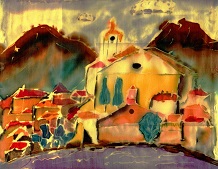 Paintings
Paintings 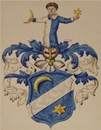 Dirk Rauschenbach
Dirk Rauschenbach
 Safaris
Bergsteigen
Wandern
Inselwandern Weltweit
Safaris
Bergsteigen
Wandern
Inselwandern Weltweit
 Europa
Inselwandern
Europa
Inselwandern
 Städtewandern
Städtewandern
 Paintings
Paintings  Dirk Rauschenbach
Dirk Rauschenbach
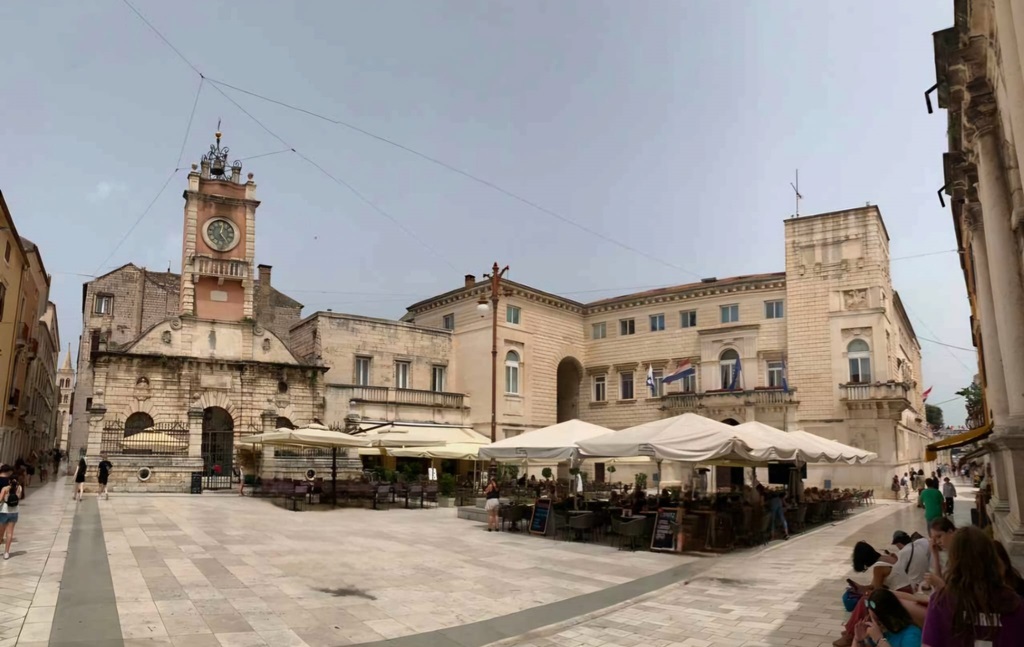
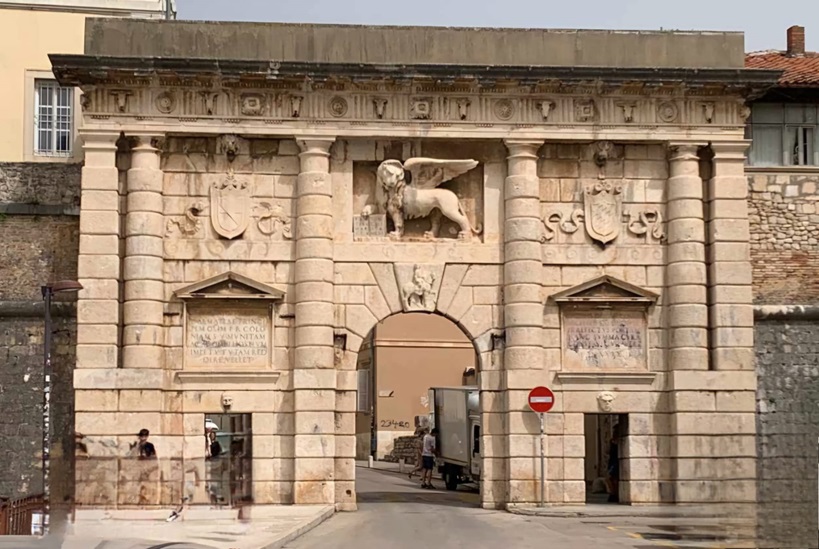
.jpg)
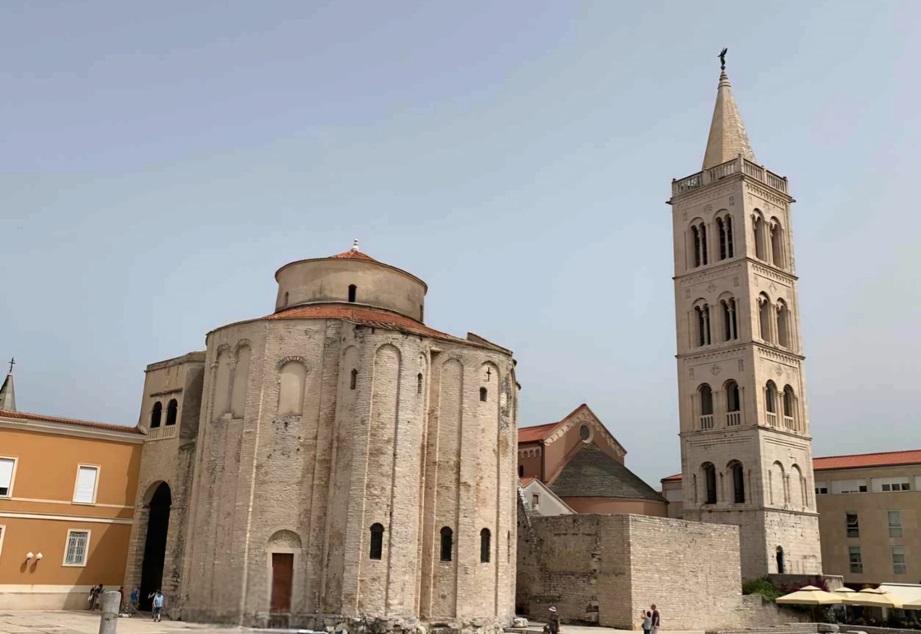
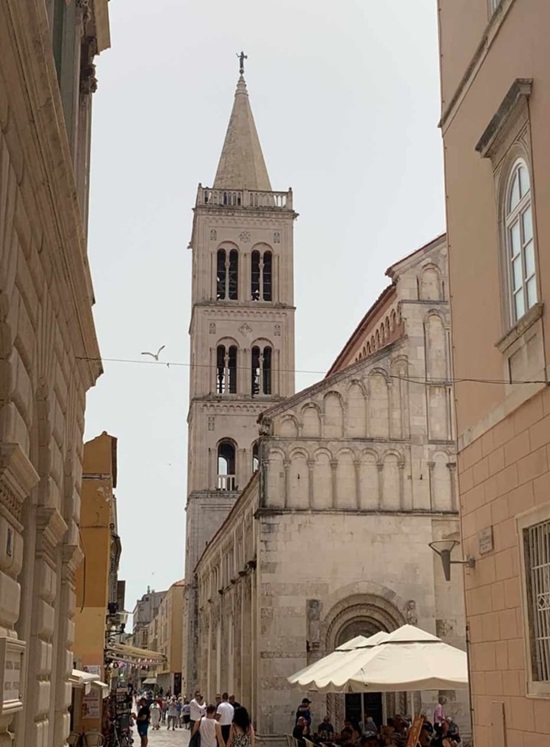
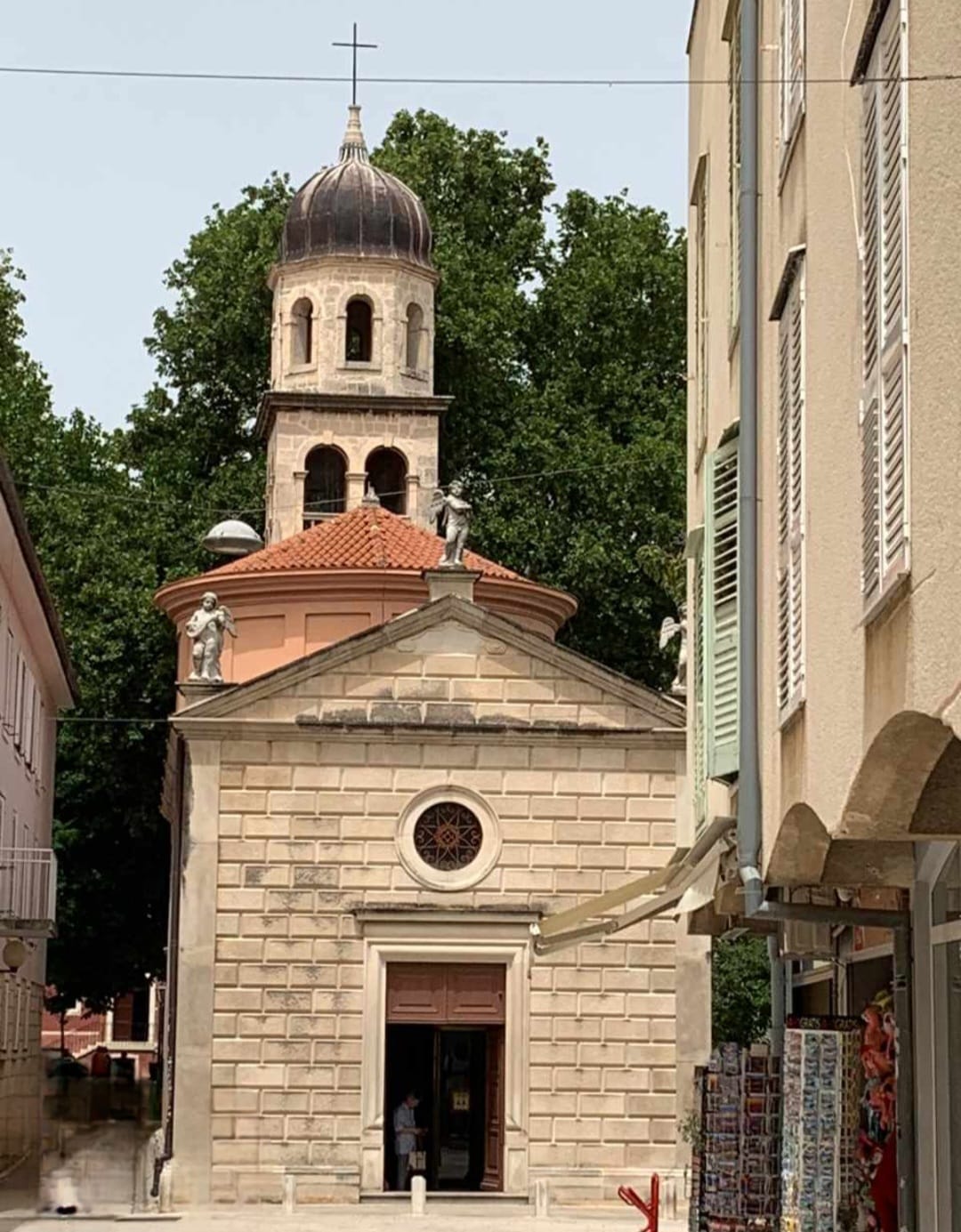
![]() 04.10.25 Copyright Dirk
Rauschenbach Koelnerstrasse 293 51702 Bergneustadt
Datenschutzerklaerung 02261 9788972 Mail ccooly(
at) web.de
04.10.25 Copyright Dirk
Rauschenbach Koelnerstrasse 293 51702 Bergneustadt
Datenschutzerklaerung 02261 9788972 Mail ccooly(
at) web.de